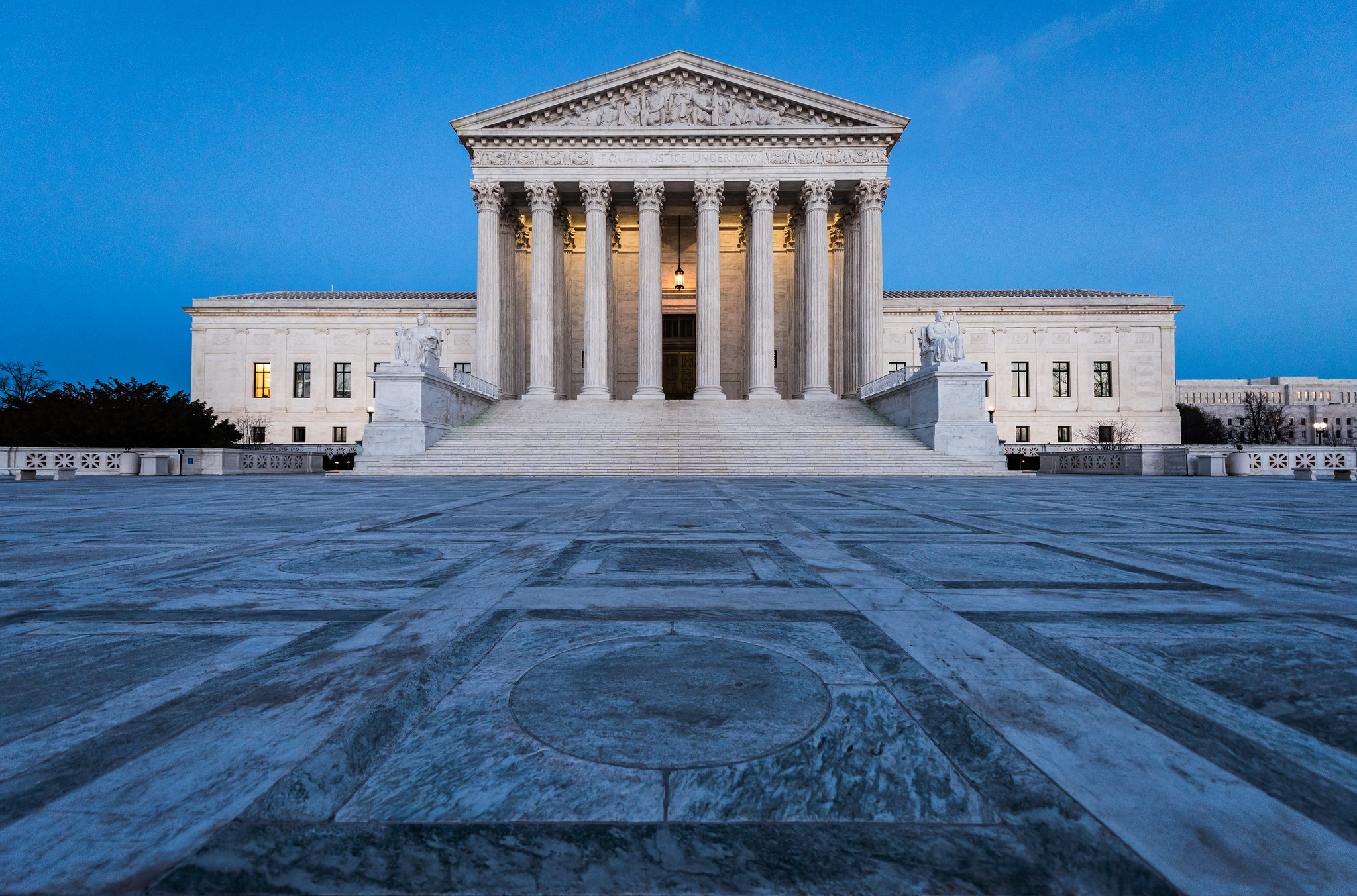The news as of late reflects the dystopian status of present-day health care. Numerous states have stripped away fundamental reproductive rights by criminalizing abortion with ruthless disregard for anyone capable of becoming pregnant. In April, our own Indiana Governor Eric Holcomb banned dilation and evacuation procedures — the most common method used during second-trimester abortion. The dilation and evacuation procedure is safe for the pregnant person and banning it is simply a political move towards ensuring Indiana’s status as an anti-choice state. States issuing such restrictions, which most endanger marginalized communities (including poor cis women of color, trans men and non-binary people), seek to intimidate physicians who perform abortion procedures.
Recently, Alabama Governor Kay Ivey signed a near-total abortion ban (HB 314). This legislation in Alabama, in tandem with the six-week abortion bans (or, ‘heartbeat’ bills) signed in Iowa (SF 359), Kentucky (SB 9), and Ohio (SB 23) in the recent past, serves as a measure of making abortion illegal on the federal level. Gov. Ivey and Ohio Governor Mike DeWine signed their heartbeat bills in April, even after Iowa and Kentucky’s bills were struck down and temporarily blocked in federal court, respectively. Serving to incite a series of legal battles ending at the Supreme Court level with the hope of overturning Roe v. Wade, Govs. Ivey and DeWine purposefully signed their bills despite the anemic legal precedent of Iowa and Kentucky, according to the most recent statement made by the American Association for the History of Medicine. While Roe v. Wade has been regarded as immovable law for almost 5o years, the recent appointment of Brett Kavanaugh, whose own alleged history of sexual assault was brought to light during his 2018 hearing, places the ruling on shaky ground. The successful appointment of Kavanaugh not only put a person’s right to speak out against unfit nominees to public office in question but also a person’s right to comprehensive reproductive health care — namely to abortion. On May 28, the current Court showed its sympathy for the anti-abortion cause by upholding the Indiana state law requiring burial or cremation of fetal remains after an abortion — again, potentially giving “conservative state legislatures confidence that restrictions may survive court challenges.”
While this and anticipated anti-abortion rulings will bolster what little legal precedent exists to rescind Roe v. Wade, abortion bans are an egregious misrepresentation of constituents’ opinions on abortion-related health care. For example, ALG Research of Planned Parenthood found that 65% of Alabamians support abortion access in cases of rape, incest, or the endangerment of the pregnant person’s life. In no U.S. state does more than 25% of its population support a six-week abortion ban. Americans do not want these bans.
In fact, a select group of physicians initiated the anti-abortion movement in the mid-19th century, led by Horatio Storer, who is rather ironically often cited as the father of gynecology. The crusade against abortion occurred within an extreme, sexist context and was more than just a ploy to control women at the time. Professor Leslie J. Reagan of the University of Illinois writes in her 2019 TIME article that something more sinister could have been at work — an agenda to promote the birth of more middle-class white babies to effectively prevent overpopulation by “foreigners,” “freedpeople” and people of color. This type of segregative thinking may feel antiquated, but since the 2016 election of Mr. Trump, the United States has seen a resurgence of white supremacist ideation. Today, the modern crusade against abortion capitalizes on a health care system that disproportionately bars people of color, as a group, from good health. In this sense, it is no longer about increasing the number of white babies; rather, it is about actively burdening pregnant people of color with undue risk.
Abortion will not stop if made illegal. Instead, a pregnant person will be forced to turn to life-threatening alternatives resulting in sepsis, infertility, or death — outcomes that prompted the Supreme Court to confirm abortion as a constitutional right in 1973. According to Professor Reagan, “Before Roe, hospitals had entire wards for patients experiencing sepsis after shoddy or self-induced abortions. Chicago’s Cook County Hospital had 5,000 patients annually in the abortion ward — women who were bleeding, infected and sometimes dying.” This reality is made increasingly poignant in Dr. Julie Inglefinger’s piece in the New England Journal of Medicine about ‘Jane’ (a pseudonym), a young nurse in New York from the Virgin Islands, who is one of the thousands of women that endured a back-alley abortion only to go into sepsis and ultimately kidney failure. From then on, Jane must undergo acute dialysis at a young age. Even with dialysis as a lifeline, Jane dies from acute bleeding with a hemothorax only months after her back-alley abortion. Dr. Inglefinger concludes, “Five years later, Jane would not have died — abortion had become legal in the United States. Over the ensuing decades, safe and legal abortion became standard. Thus, Jane would have, like me, become a grandmother, and would probably still be working and serving others.”
The tragic stories of botched abortions predominantly affecting marginalized communities are a chapter in history to which we cannot return. As future physicians, we pledge to advocate for safe, legal abortion and to support procedures informed by evidence-based medicine as outlined in the American College of Obstetricians and Gynecologists’ 2018 statement. We oppose any action to weaken or overturn the landmark case Roe v. Wade and urge our readers to join us in protecting reproductive choice, and therefore the fundamental purpose of health care: to care for our patients.
Image Credit: “The U.S. Supreme Court” (CC BY-NC-ND 2.0) by Geoff Livingston

